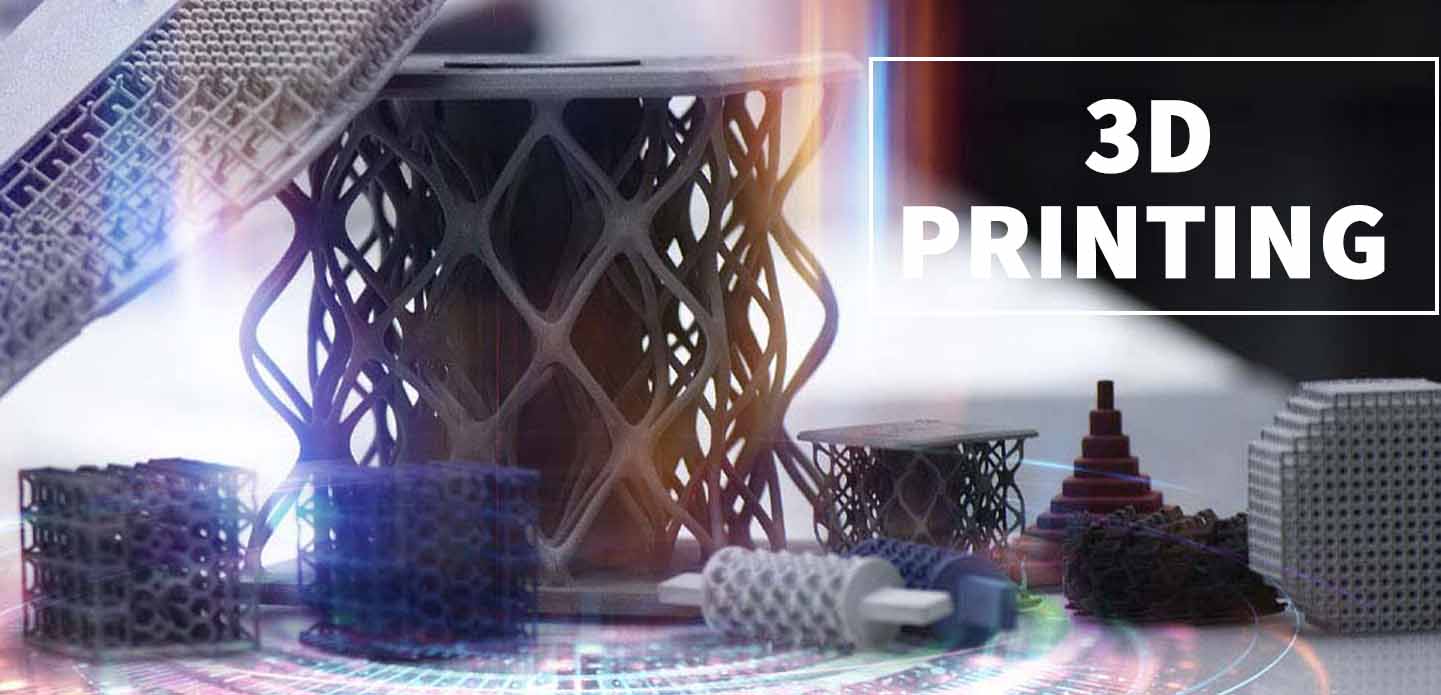Introduction
In the rapidly evolving world of additive manufacturing, understanding the tools at your disposal is crucial for achieving success in your 3D printing endeavors. One of the key components in the process of creating 3D printed objects is using appropriate 3D CAD (Computer-Aided Design) software. This article explores the best 3D CAD software for 3D printing available on the market, discussing their features, advantages, and suitability for different users—whether you are a professional designer, an educator, or a hobbyist.
The Importance of 3D CAD Software in 3D Printing
3D CAD software serves as the backbone of the design process in 3D printing. It allows users to create, modify, analyze, and optimize designs digitally before any physical production takes place. The software provides a virtual environment where you can manipulate shapes and forms, ensuring that your final product not only meets your design criteria but is also optimized for the unique requirements of 3D printing.
Some of the critical reasons to invest in good 3D CAD software for 3D printing include:
1. **Precision and Productivity**: High-quality CAD tools facilitate accurate modeling, which is essential when translating designs into tangible objects. This accuracy can significantly reduce material waste and errors during the printing process.
2. **Versatility**: Many CAD programs support various file formats, making them compatible with most 3D printers. This versatility ensures that designs can easily transition from software to hardware without complex conversion processes.
3. **Simulation and Analysis**: Advanced CAD software often includes tools for simulations and performance analyses. These features allow designers to test their creations virtually, reducing the time and resources spent on physical prototypes.
**Top 3D CAD Software for 3D Printing**
1. **Autodesk Fusion 360**: One of the most widely used CAD tools in the industry, Autodesk Fusion 360 combines parametric design, direct modeling, and cloud collaboration. The software is particularly favored for its user-friendly interface and robust features that cater to both beginners and advanced users. It supports a comprehensive range of 3D printing processes and can generate optimized tool paths for a variety of printers.
2. **SolidWorks**: Known for its powerful simulation capabilities, SolidWorks is an industry standard for professional engineers and product designers. With advanced features such as assembly modeling and comprehensive part management, it excels in creating intricate designs. SolidWorks also integrates with various 3D printing services, making it easy to transition from design to production.
3. **TinkerCAD**: A favorite among educators and beginners, TinkerCAD is a browser-based CAD tool that simplifies the design process. It offers a user-friendly, drag-and-drop interface ideal for those new to 3D modeling. Despite its simplicity, TinkerCAD provides powerful features for exporting designs in a format suitable for 3D printing, making it a great starting point for hobbyists.
4. **Blender**: While primarily recognized as a 3D modeling and animation software, Blender has gained a strong reputation within the 3D printing community. Its comprehensive sculpting and mesh editing tools allow for high levels of detail and artistic freedom. Moreover, Blender offers various export options that ensure compatibility with most 3D printing applications.
5. **FreeCAD**: As an open-source alternative, FreeCAD is a dynamic choice for users who prefer customizable environments. Ideal for those with a programming background, FreeCAD allows users to create complex parametric models. Its flexibility and adaptability make it a standout option for various project scopes within the 3D printing domain.
Conclusion
Selecting the right 3D CAD software for 3D printing can significantly influence the efficiency and quality of your final products. From professional-grade tools like SolidWorks and Autodesk Fusion 360 to user-friendly platforms like TinkerCAD and FreeCAD, there’s a solution for every skill level and project type. By leveraging these powerful design tools, you’ll not only streamline your design process but also enhance the overall quality of your 3D printed creations. Whether you’re a seasoned professional or just starting your 3D printing journey, choosing the right CAD software is the first step toward turning your creative ideas into reality.
由投稿用户稿件整理稿件发布,不代表本站观点及观点,更多交流学习之用,如涉及版权等问题,请随时联系我们(yangmei@bjjcz.com),我们将在第一时间给予处理。






